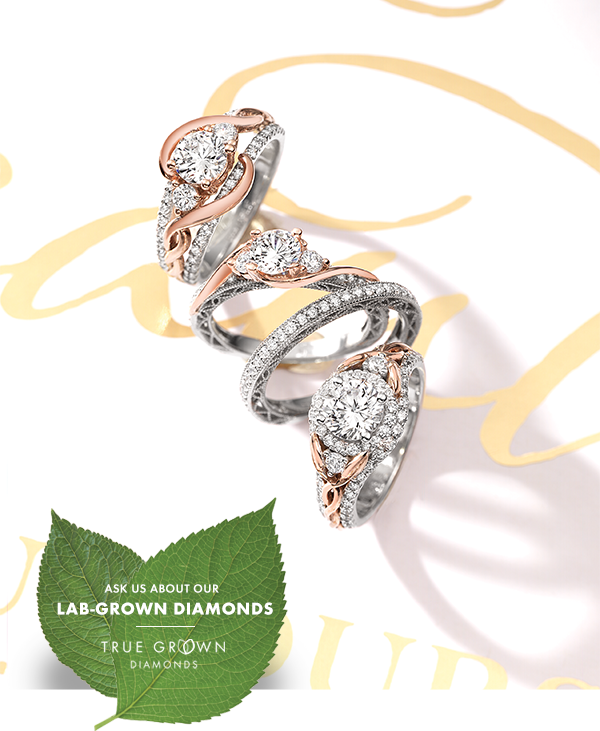To make a diamond in a laboratory, you can do one of two things: The first is the HTHP technique, wherein a diamond seed (or tiny piece of a natural diamond) is subjected to extremely high pressure and extremely high temperatures (like a pressure cooker on steroids) to make a fully formed, Lab created diamond rings.
Though they are manufactured in laboratories rather than extracted from the ground, lab-grown diamonds are chemically, physically, and optically identical to their mined counterparts. They are both constructed of pure, crystallized carbon, have the same capacity to spread the light of different colors (i.e., give off that outstanding sparkle), are incredibly durable, and are available in the same forms and sizes.
Most natural diamonds include trace nitrogen levels, but lab-grown diamonds do not, which is the only chemical difference between the two. The presence of nitrogen, detectable by gemologists’ tests, is often indicative of a stone’s natural origin.
Read More: The Evolution Of Lab Grown Diamonds
The fluorescence of a stone is another way that more extensive labs may tell lab-grown from mined diamonds. Machines like these can make a diamond fluoresce by exposing it to suitable wavelengths of light (or glow). Fluorescence is typically more intense in laboratory-grown diamonds than in mined diamonds.
Yet another critical distinction between synthetically produced diamonds and natural diamonds is that the former is not mined. Its monetary value. Lab-grown diamonds can be anywhere from 10-40% less expensive than mined diamonds due to their lower resale value and the much-reduced amount of time and labor required to generate them.
- Asking If Synthetic Diamonds are Good for The Environment:
However, like with any procedure that requires a great deal of energy, reports demonstrate that the techniques used to create lab-grown diamonds still leave a carbon imprint. Lab created diamond rings provide a conflict-free production process, while the diamond industry is dedicated to responsibly sourced jewels.2
- The Cost of A Mined Diamond Compares to That of A Lab-Grown Diamond:
It’s common for the price of a Lab made diamond ring to be 20-30% lower than that of a mined diamond of the same quality. It is not unusual to save 40–50%, especially when buying larger stones.

- How Do Scientists Create These Flawless Stones in A Laboratory?
High-pressure, high temperature (HPHT), and chemical vapor deposition (CVD) are the two methods used to create synthetic diamonds in a laboratory. For the production of HPHT diamonds, a tiny diamond seed is embedded in carbon and subjected to high temperatures and pressures, simulating conditions found deep under the earth.
To create a Fake diamond ring, a thin slice of the diamond seed is placed in a boiling chamber and loaded with gasses rich in carbon. Carbon binds with the diamond seed and causes it to crystallize, all thanks to modern technology. Creating a diamond in a laboratory takes between six and twelve weeks.
- What are the Advantages of Buying A Synthetically Generated Diamond?
Lab made diamond rings settings have the same physical properties as mined diamonds. They are chemically and optically indistinguishable from mined diamonds and are sold at a substantial discount. They are gorgeous, sustainable, and obtained ethically.
You can buy a lab-grown diamond without worrying about any potential drawbacks. It can happen sometimes Fake diamond ringsare in front of you so be aware about it.
Conclusion:
My wedding set, which Van Scoy Diamonds crafted especially for me, is perfect. They tracked down the ideal gem and tailored their services to your specifications. Buying something as meaningful and personal as an engagement ring online can be nerve-wracking but have no fear.
All of our diamonds and rings come with enlarged, 360-degree images of the stone and its surrounding setting and the relevant certification paperwork. The diamonds have been certified by an outside lab, and the certification number can be seen on each stone’s girdle. Identifies your diamond like a serial number, giving the buyer peace of mind. Moreover, you can visit our website and get more details on diamond rings.